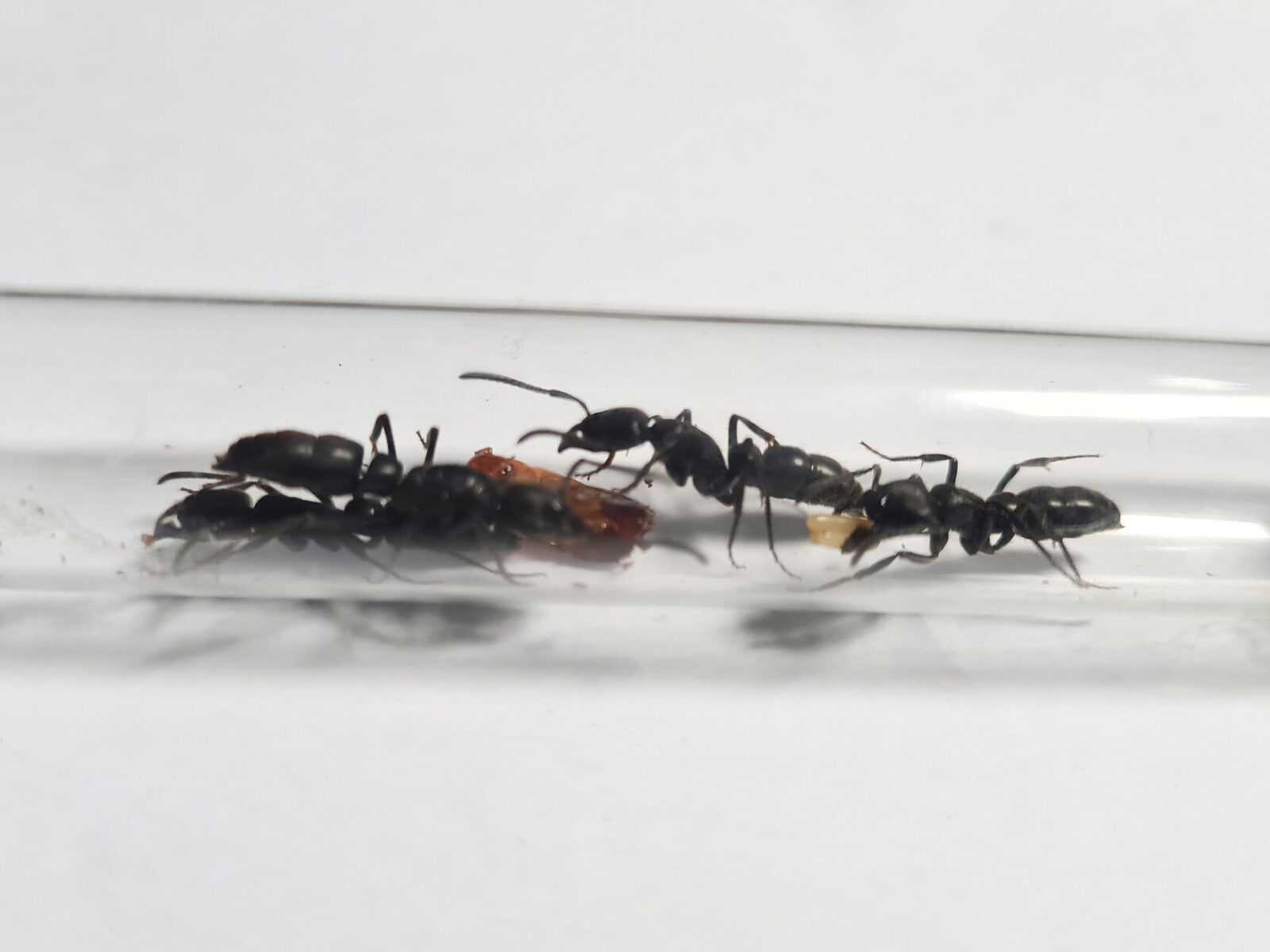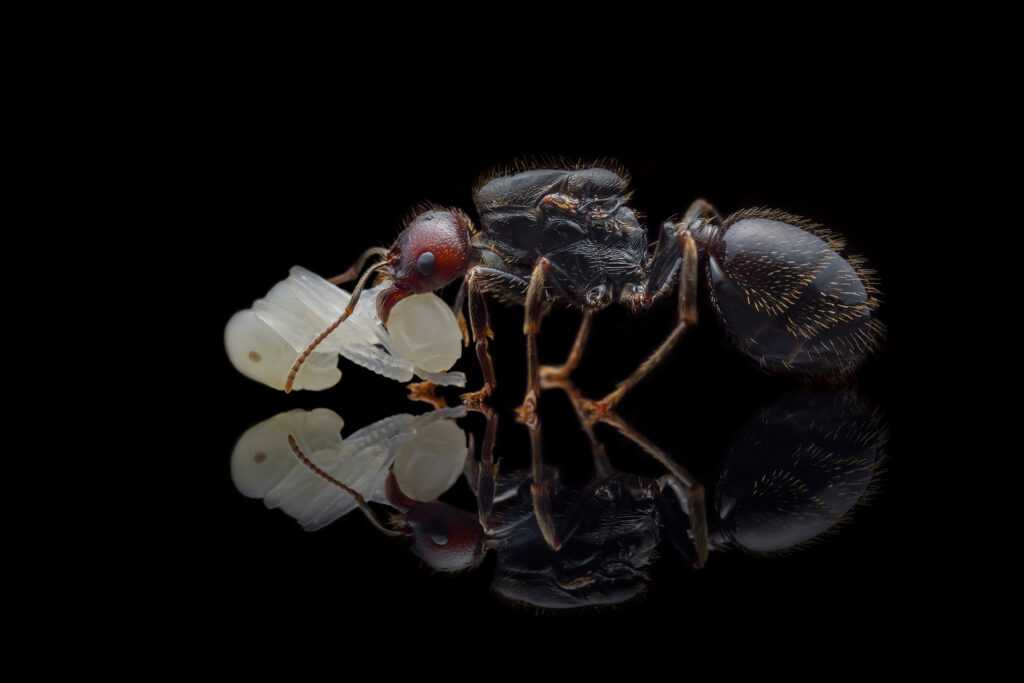Pachycondyla crassinoda: A Fascinating Ant Species with Unique Characteristics
Pachycondyla crassinoda is a captivating ant species known for its remarkable characteristics and behaviors. In this product description, we will explore its colony type, size, development rate, nutrition, preferred humidity and temperature, as well as recommended nests for breeding. Immerse yourself in the wonder of observing these beautiful ants as they build their intricate society.
Colony Type and Size
Pachycondyla crassinoda is a monogynous ant species, meaning they have a single queen in each colony. With a colony size that can reach up to 5000 individuals, the organized and intricate workings of their large ant society are truly impressive.
Size and Color
The queen ants of Pachycondyla crassinoda measure between 21-23 mm in length, making them larger than the worker ants which range from 18-20 mm. The striking black color of these ants adds to their mystique and beauty.
Development Rate
The development rate of Pachycondyla crassinoda is known to be slow, emphasizing the importance of patience when observing and caring for this species.
Nutrition
Pachycondyla crassinoda primarily feeds on insects such as cockroaches and crickets, which provide the necessary protein for their growth and colony health. They also enjoy consuming fruits, adding variety to their diet.
Humidity and Temperature
To maintain the well-being of Pachycondyla crassinoda, it is crucial to create an ideal environment. In the arena where they spend their active time, a humidity level of 50-60% is recommended, while the nest prefers a slightly higher humidity of 60-80%. The temperature in the arena should range from 22-28°C, while the nest requires a slightly higher temperature of 25-28°C.
Feature of the Species
Pachycondyla crassinoda is known for its caution and secrecy. When faced with danger, these ants withdraw to protect themselves and their colony, showcasing their intelligence and adaptability.
Recommended Nests for Breeding
Providing a suitable nest is essential for breeding Pachycondyla crassinoda. Options such as acrylic, cork, plaster, and aerated concrete are recommended for their durability and insulation. Choose a nest that allows for easy observation and maintenance.
By creating an environment with the right humidity and temperature, as well as choosing the appropriate nest, you can provide a thriving habitat for these fascinating ants. Witness their growth and behavior as they build their intricate society.

















Reviews
There are no reviews yet.